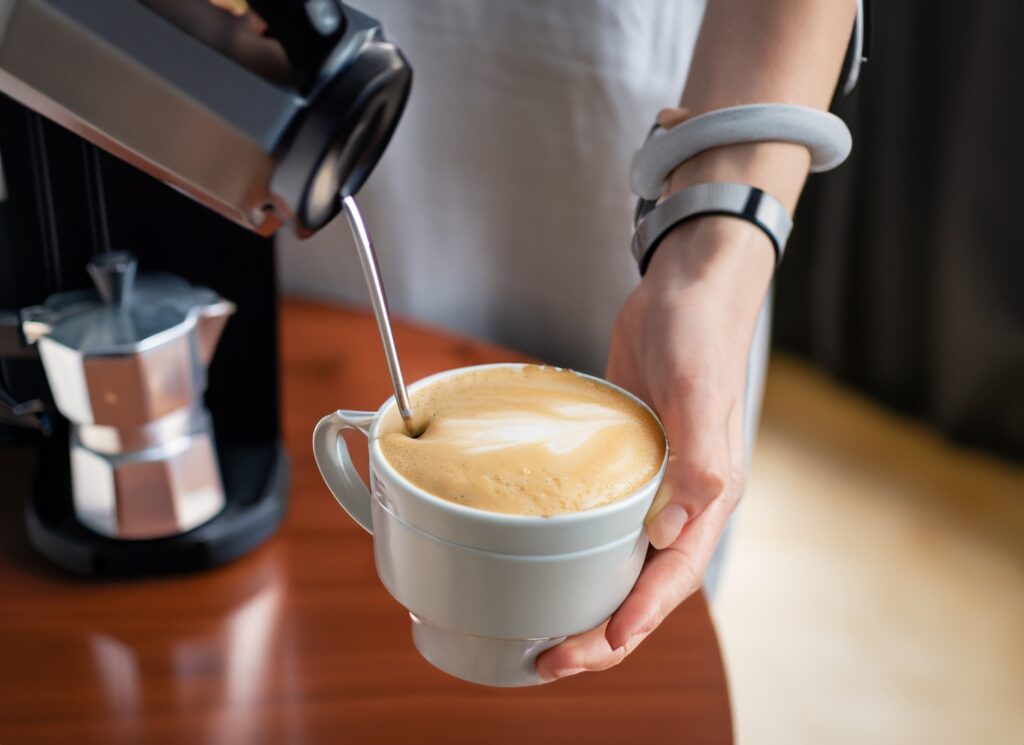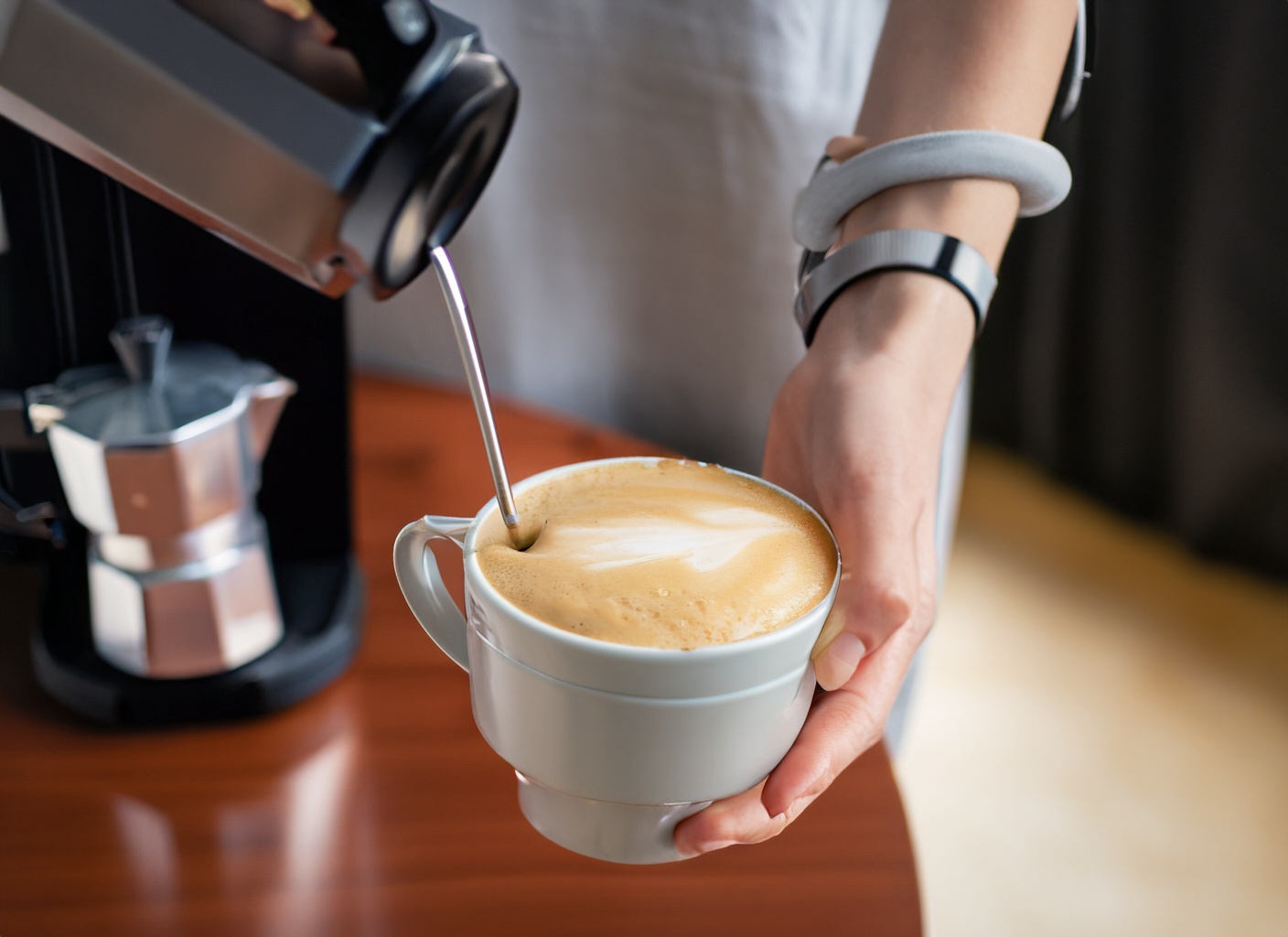
Brewing Perfection: Your Comprehensive Guide on How to Make Espresso Coffee at Home
The aroma of freshly brewed espresso, the rich crema, the intense flavor – it’s a sensory experience that many coffee lovers crave. But the thought of achieving that perfect shot at home can seem daunting. Fear not, aspiring home baristas! This comprehensive guide will walk you through the process of how to make espresso coffee at home, from understanding the fundamentals to mastering the techniques that will transform your kitchen into a mini-cafe.
This article is designed for both beginners and those with some experience. We’ll break down the process step-by-step, providing clear instructions and helpful tips to ensure your journey to espresso excellence is both enjoyable and rewarding. Let’s dive in!
Understanding Espresso: The Essence of the Brew
Before we get into the practicalities of how to make espresso coffee at home, it’s crucial to understand what espresso actually is. Espresso is not just a type of coffee; it’s a brewing method. It’s characterized by:
- Fine Grind: Coffee beans are ground to a very fine consistency, almost like powder.
- High Pressure: Hot water is forced through the finely ground coffee at high pressure (typically around 9 bars).
- Short Extraction Time: The extraction process is relatively quick, usually taking around 25-30 seconds.
- Concentrated Flavor: The result is a highly concentrated coffee with intense flavor and a rich, golden-brown crema on top.
Espresso serves as the foundation for many popular coffee drinks, including lattes, cappuccinos, macchiatos, and Americanos. Mastering the art of how to make espresso coffee at home opens up a world of coffee possibilities.
Essential Equipment You’ll Need
While the equipment required to make espresso coffee at home can range from basic to elaborate, here’s a list of the essentials:
- Espresso Machine: This is the heart of your espresso setup. There are various types, from manual lever machines to semi-automatic and fully automatic models. Consider your budget, experience level, and desired level of control when choosing one.
- Coffee Grinder: A high-quality grinder is arguably more important than the espresso machine itself. It allows you to grind your beans to the precise fineness required for espresso. Burr grinders are generally preferred over blade grinders for their consistency.
- Coffee Beans: Freshly roasted coffee beans are crucial for a great-tasting espresso. Look for beans roasted within the past few weeks and ideally, grind them just before brewing.
- Tamper: A tamper is used to compress the ground coffee in the portafilter. Choose one that fits your portafilter basket perfectly.
- Portafilter: This is the handle that holds the ground coffee. It attaches to the espresso machine and is where the extraction takes place.
- Scale: A digital scale is essential for measuring the precise amount of coffee beans and water.
- Timer: A timer helps you monitor the extraction time, which is critical for achieving the right balance of flavor.
- Knock Box: This is a container for disposing of the used coffee grounds (the “puck”).
- Milk Frothing Pitcher (Optional): If you plan on making milk-based drinks, a stainless steel pitcher is essential for frothing milk.
Step-by-Step Guide: How to Make Espresso Coffee at Home
Now, let’s get to the exciting part: how to make espresso coffee at home! Follow these steps for a consistently delicious shot:
- Preheat Your Equipment: Turn on your espresso machine and allow it to warm up completely. This usually takes about 20-30 minutes. Also, preheat your cups by rinsing them with hot water.
- Grind Your Beans: Grind your coffee beans to a fine consistency. The exact grind size will depend on your machine and beans, but it should resemble fine table salt. Experiment and adjust the grind size until you find the sweet spot.
- Dose the Coffee: Weigh out the appropriate amount of ground coffee for your double shot (typically 18-20 grams, but check your machine’s specifications).
- Distribute and Tamp: Distribute the ground coffee evenly in the portafilter basket. Use a distribution tool or your finger to ensure an even bed. Then, use the tamper to compress the coffee grounds with consistent pressure (around 30 pounds). The tamp should be level and even.
- Insert the Portafilter: Lock the portafilter into the espresso machine.
- Start the Extraction: Place your preheated cup(s) under the portafilter spouts. Start the extraction process by pressing the brew button.
- Monitor the Extraction: Observe the flow of espresso. The ideal extraction time for a double shot is usually between 25-30 seconds. The espresso should flow like warm honey. If it’s too fast (under-extracted), the shot will be sour. If it’s too slow (over-extracted), the shot will be bitter.
- Stop the Extraction: Stop the extraction when you reach your desired yield (typically around 36-40 grams for a double shot).
- Enjoy Your Espresso: Savor the aroma and taste of your perfectly brewed espresso!
Troubleshooting Common Espresso Problems
Even with the best equipment and instructions, you might encounter some common issues when you make espresso coffee at home. Here’s how to troubleshoot them:
- Under-Extraction (Sour Taste):
- Problem: The espresso tastes sour or weak.
- Solution: Grind the coffee finer, increase the dose, or tamp harder.
- Over-Extraction (Bitter Taste):
- Problem: The espresso tastes bitter or burnt.
- Solution: Grind the coffee coarser, decrease the dose, or tamp softer.
- Uneven Extraction (Channeling):
- Problem: The espresso flows unevenly, and you might see spurting.
- Solution: Ensure even distribution of the coffee grounds before tamping, and make sure your tamp is level.
- No Crema:
- Problem: The espresso lacks the rich, golden-brown crema.
- Solution: Use fresh beans, ensure proper tamping, and make sure your machine is at the correct temperature.
Advanced Techniques and Tips for Espresso Mastery
Once you’ve mastered the basics of how to make espresso coffee at home, you can explore advanced techniques to further refine your skills:
- Coffee Bean Selection: Experiment with different coffee beans to discover your preferred flavor profiles. Look for beans roasted for espresso and consider the roast level (light, medium, or dark).
- Water Quality: Use filtered water to ensure the best possible taste.
- Pre-infusion: Some espresso machines offer a pre-infusion feature, which gently saturates the coffee grounds before full extraction. This can help improve the consistency and flavor of your shots.
- Tamping Pressure: While a consistent pressure is important, the precise pressure isn’t as critical as the consistency. Focus on achieving a level tamp.
- Cleaning and Maintenance: Regularly clean your espresso machine and grinder to maintain optimal performance and prevent buildup of coffee oils. Backflush your machine regularly.
Beyond the Shot: Creating Coffee Drinks
Once you’ve mastered the art of how to make espresso coffee at home, you can start experimenting with creating different coffee drinks. Here are a few ideas:
- Lattes: Espresso + Steamed Milk + Foam
- Cappuccinos: Espresso + Steamed Milk + Thick Foam
- Americanos: Espresso + Hot Water
- Macchiatos: Espresso + a dollop of foamed milk
- Flat Whites: Espresso + Steamed Milk (with a thin layer of microfoam)
Practice makes perfect! Don’t be discouraged if your first few attempts aren’t perfect. Keep experimenting, adjusting your grind, and refining your technique. With patience and practice, you’ll be enjoying barista-quality espresso at home in no time.
Conclusion: Your Espresso Journey Begins
Learning how to make espresso coffee at home is a rewarding experience. It allows you to enjoy delicious, high-quality coffee while developing a new skill. By understanding the fundamentals, investing in the right equipment, and practicing consistently, you can transform your kitchen into a haven for coffee lovers. Embrace the journey, experiment with different beans and techniques, and most importantly, enjoy the process.
The information provided in this article is intended for educational purposes and should not be considered a substitute for professional advice. Always exercise caution when operating electrical appliances and follow the manufacturer’s instructions. Happy brewing!
[See also: Best Espresso Machines for Beginners, How to Choose the Right Coffee Beans, Coffee Grinding 101]


